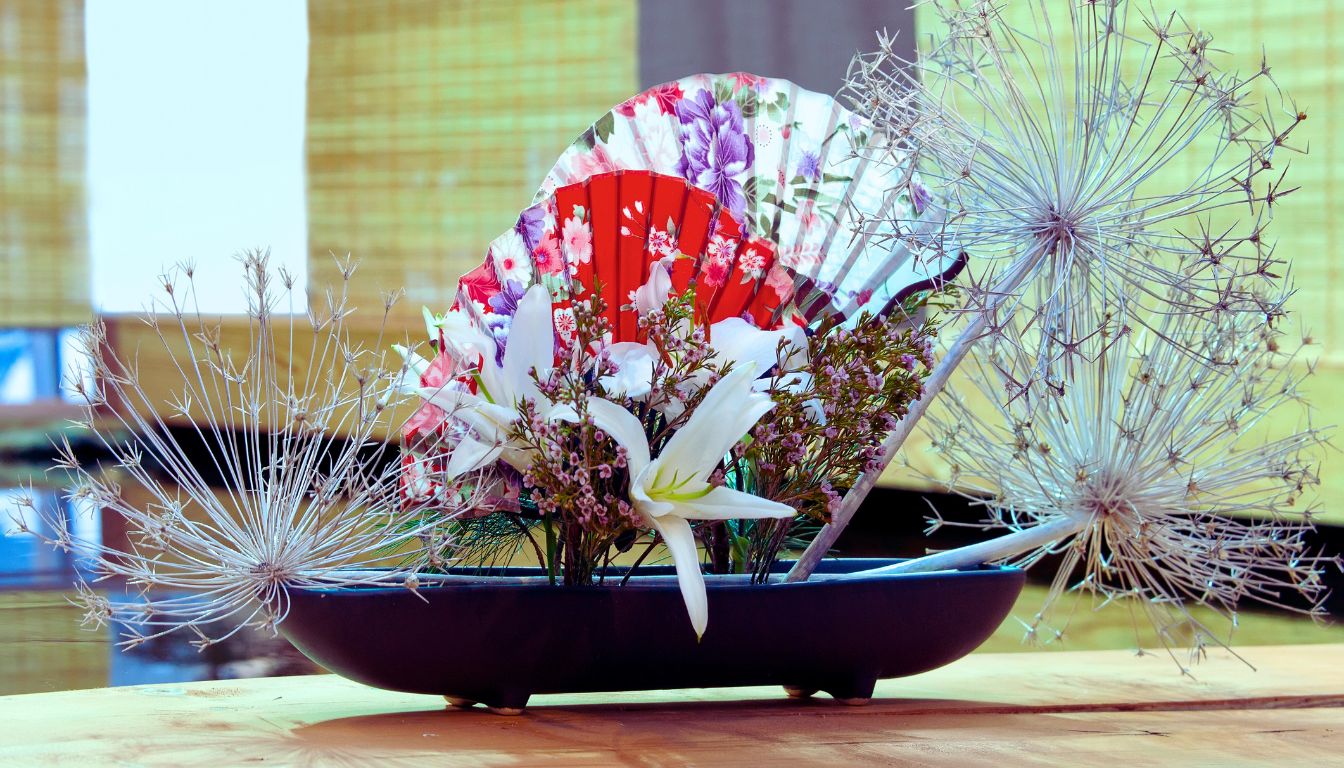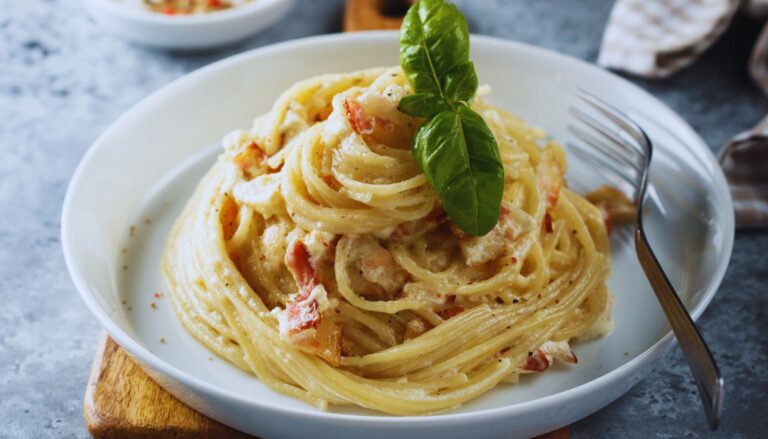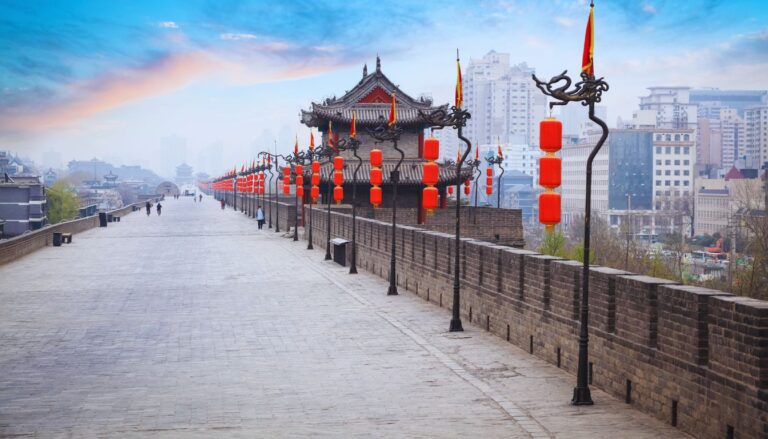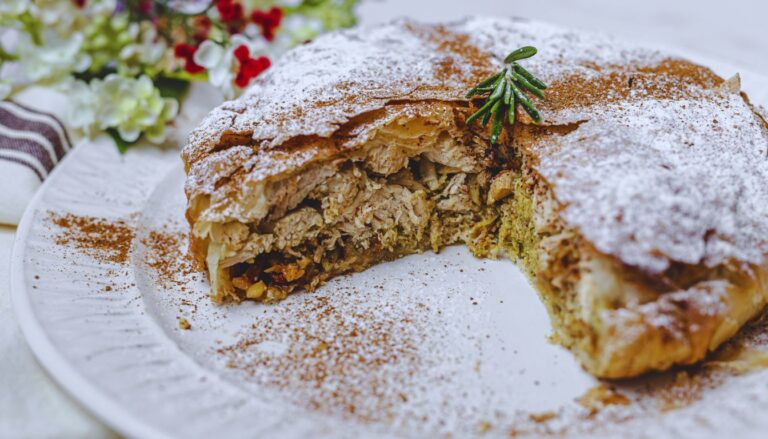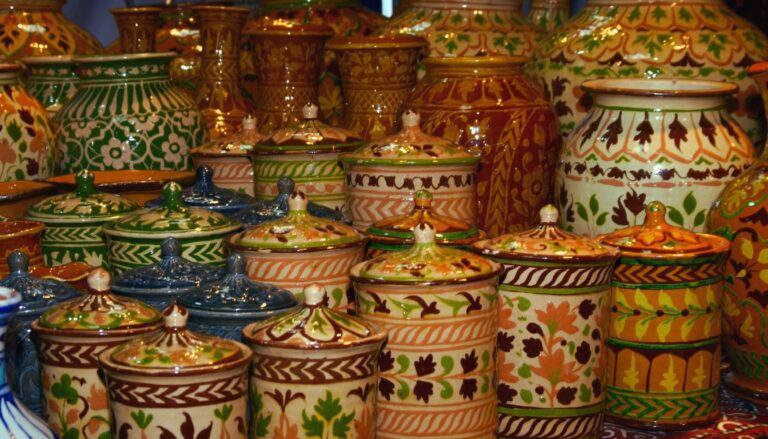The art of Ikebana, Japan’s refined approach to flower arrangement, represents far more than merely placing flowers in a vase. This centuries-old practice combines artistic expression, spiritual philosophy, and a deep connection to nature. Through careful composition and mindful arrangement, Ikebana transforms simple botanical elements into profound artistic statements.
Table of Contents
The Historical Origins of Ikebana Flower Arrangement
Ikebana’s roots trace back to the 6th century CE when Buddhism arrived in Japan from China. Initially, flower offerings at Buddhist altars were simple arrangements. Over time, these ritual offerings evolved into a sophisticated art form known as “kado” (the way of flowers).
During the Heian period (794-1185), Ikebana began to flourish among Japanese nobility. The first formal school of Ikebana, Ikenobo, was established in the 15th century at the Rokkakudo Temple in Kyoto. This marked the beginning of Ikebana’s codification as a disciplined art form with specific rules and principles.
Understanding the Philosophy Behind Japanese Flower Arrangement
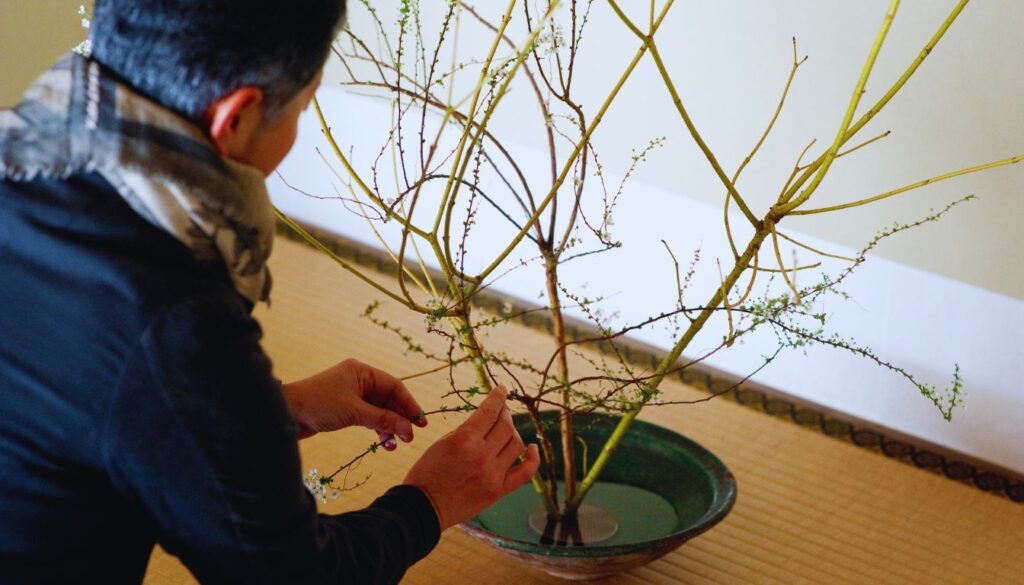
The philosophy of Ikebana Flower Arrangement reflects core Japanese aesthetic principles:
- Wabi-sabi: Finding beauty in simplicity and imperfection
- Ma: The significance of negative space
- Mono no aware: The transient nature of beauty
- Miyabi: The pursuit of elegant simplicity
These philosophical foundations emphasize that Ikebana is not merely decorative but a mindful practice that encourages practitioners to contemplate their relationship with nature and space.
Essential Tools and Materials for Ikebana
To practice Ikebana, several specific tools and materials are essential:
- Containers (vases):
- Suiban (shallow containers)
- Tall vases
- Bamboo containers
- Ceramic vessels
- Kenzan (flower frogs):
- Metal pin holders for securing stems
- Various sizes for different arrangements
- Hasami (scissors):
- Special Ikebana scissors
- Branch cutters for woody stems
- Plant Materials:
- Fresh flowers
- Branches
- Leaves
- Seasonal elements
Basic Principles and Design Elements
Ikebana arrangements typically follow these fundamental principles:
Line and Form
- Three main lines representing heaven (shin), human (soe), and earth (hikae)
- Asymmetrical balance
- Clear focal points
Space and Balance
- Proper use of negative space
- Balanced composition
- Consideration of viewing angles
Color Harmony
- Subtle color combinations
- Seasonal color considerations
- Natural color progression
Major Schools and Styles of Ikebana
Several major schools have developed distinct styles:
- Ikenobo School:
- Oldest school of Ikebana
- Focuses on traditional rikka and shoka styles
- Emphasizes vertical arrangements
- Ohara School:
- Known for moribana style
- Landscape-like arrangements
- Use of shallow containers
- Sogetsu School:
- Modern approach
- Incorporates contemporary materials
- Emphasizes creative freedom
Symbolic Meanings in Ikebana Compositions
Each element in an Ikebana arrangement carries symbolic significance:
- Vertical lines: Connection between earth and heaven
- Curved lines: Nature’s movement and growth
- Empty space: Balance and possibility
- Seasonal materials: Time’s passage
Seasonal Considerations in Japanese Floral Design
Seasonal awareness plays a crucial role in Ikebana:
Spring
- Cherry blossoms
- Young branches
- Early blooming flowers
Summer
- Iris
- Hydrangea
- Lush greenery
Autumn
- Chrysanthemums
- Colored leaves
- Dried elements
Winter
- Pine branches
- Camellias
- Bare branches
Step-by-Step Guide to Creating Basic Arrangements
- Preparation:
- Select appropriate container
- Prepare kenzan
- Gather and condition materials
- Basic Structure:
- Place primary stem (shin)
- Add secondary stem (soe)
- Insert supporting stem (hikae)
- Refinement:
- Add supplementary materials
- Adjust angles and spacing
- Fine-tune balance
Modern Interpretations of Ikebana
Contemporary practitioners have expanded Ikebana’s boundaries while maintaining its core principles:
- Integration of non-traditional materials
- Abstract expressions
- Environmental awareness
- Cross-cultural influences
Tips for Maintaining Ikebana Arrangements
To preserve the beauty of arrangements:
- Water Care:
- Change water regularly
- Use proper water temperature
- Add flower preservatives
- Environmental Conditions:
- Avoid direct sunlight
- Maintain consistent temperature
- Protect from drafts
- Regular Maintenance:
- Remove wilted materials
- Trim stems as needed
- Clean containers regularly
Conclusion
Ikebana continues to evolve while maintaining its core principles of harmony, respect for nature, and mindful creation. This ancient art form offers modern practitioners a way to connect with nature, express creativity, and find moments of peaceful contemplation in today’s fast-paced world. Whether pursued as a serious discipline or a casual hobby, Ikebana provides valuable lessons in patience, perception, and the beauty of impermanence.
This comprehensive guide to Ikebana demonstrates how this traditional Japanese art form combines aesthetic principles with spiritual practice, creating arrangements that speak to both the eye and the heart. Through continued practice and study, practitioners can develop their own unique voice while honoring the time-tested principles of this elegant art form.
Discover the must-visit cultural destinations of Japanese culture

